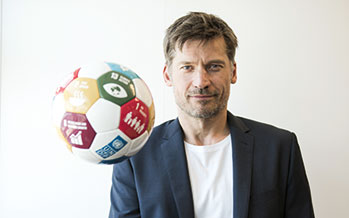Maldives
Maldives was the 150th largest economy in the world by nominal GDP in 2018. Its GDP per capita was $10,224 USD. It is a small archipelago of 1,190 islands in the Indian Ocean south-west of India and Sri Lanka. The population of 436, 330 (2017) is spread over 198 inhabited islands. The country has reached middle-income status through the growth of its tourism and fishing industries. Services was the largest economic sector in 2017 (67.4 percent of GDP), followed by agriculture (5.6 percent), and manufacturing (2.2 percent). In 2017, the largest export sectors were services (91 percent), minerals (4.4 percent), and agriculture (4.37 percent). The largest individual exports were travel and tourism (79 percent), transport services (8.4 percent), petroleum gasses (4.41 percent), and ICT services (3.36 percent). Its largest export partners were Sri Lanka (50.8 percent), the USA (10.23 percent), France (7.15 percent), and Germany (6.3 percent). The largest goods imports were transmission apparatus for radios, telephones, and televisions (2.48 percent), and refined petroleum (2.07 percent). The Maldives have been inhabited for over two thousand years. Evidence from the tenth century suggests that the population were seafarers and traded with East Africa, Arabia, India, Ceylon, and South East Asia. The population converted to Islam in the twelfth century following contact with Arab traders and became an Islamic Sultanate which lasted until 1961. In the sixteenth century the Portuguese briefly held the islands. After Britain captured Ceylon from the Dutch in 1796, British influence over the Maldives grew. In 1887, the Maldives became a British protectorate. It gained independence in 1965 and became a republic in 1968. The tourism industry was developed in the early 1970s with the first resort in 1972. Growth was good but it accelerated once an airport was built in the Maldives. Tourism has led to strong economic growth. GDP per capita has increased from around $200 in 1978 to $10,224 in 2018. The government has used tourism revenue to build infrastructure and to improve education and health. The government is also investing in measures to combat rising sea levels including the creation of new islands. The first multi-party elections were held in 2008 but after a coup in 2012, political freedoms were challenged. The election of a new president in 2018 brings the promise of greater political stability.


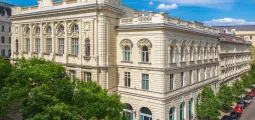

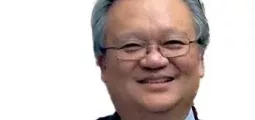









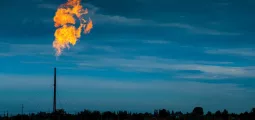











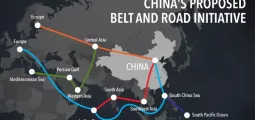

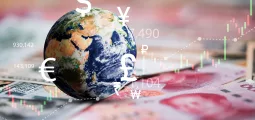










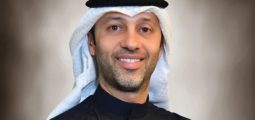














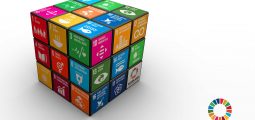

































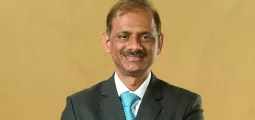

 Its population in 2018 was 444,259 [
Its population in 2018 was 444,259 [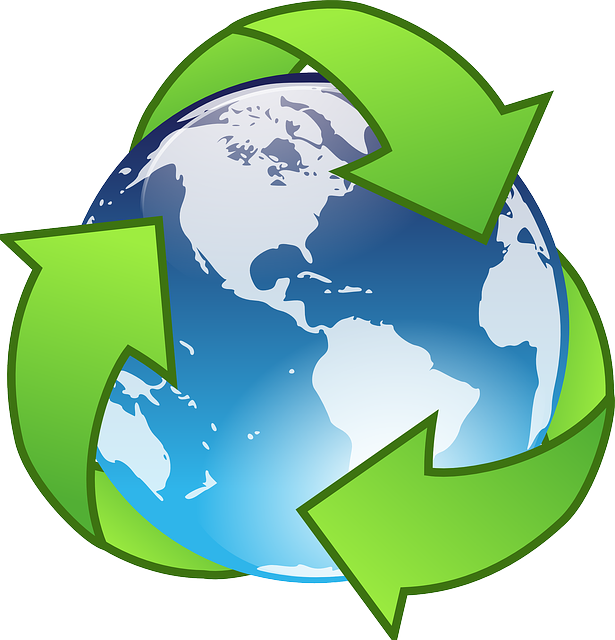 In 2015, 1.01% of its total energy
In 2015, 1.01% of its total energy  In 2021, its GDP grew by 30.96% [
In 2021, its GDP grew by 30.96% [ In 2021 it had a negative Current
In 2021 it had a negative Current 